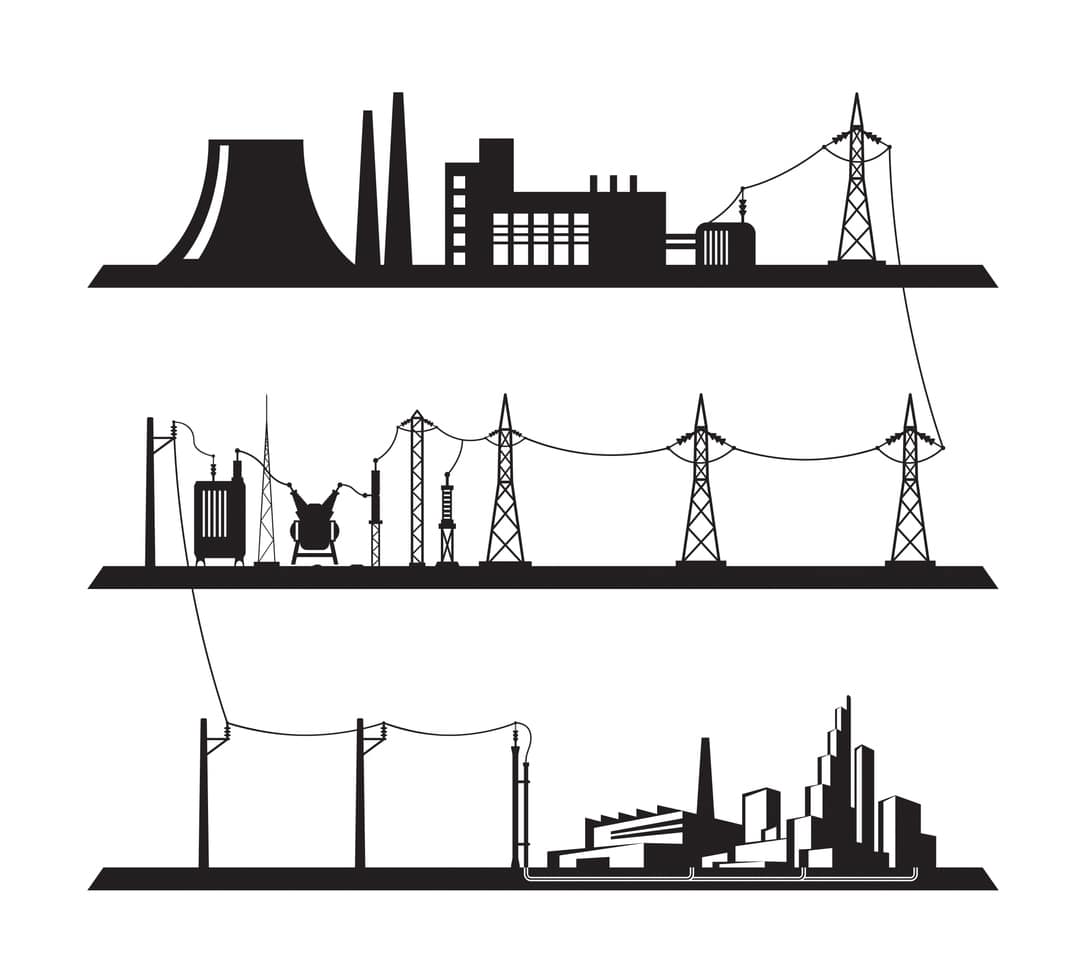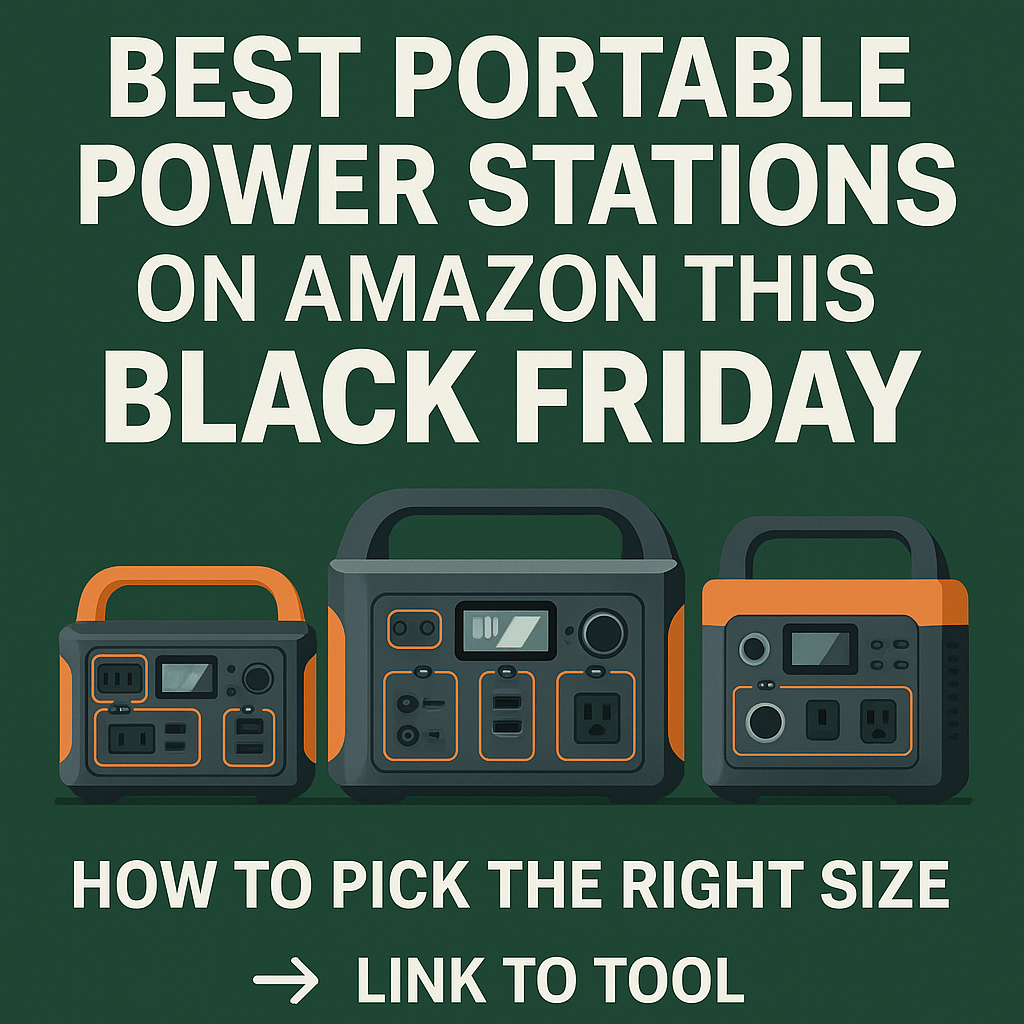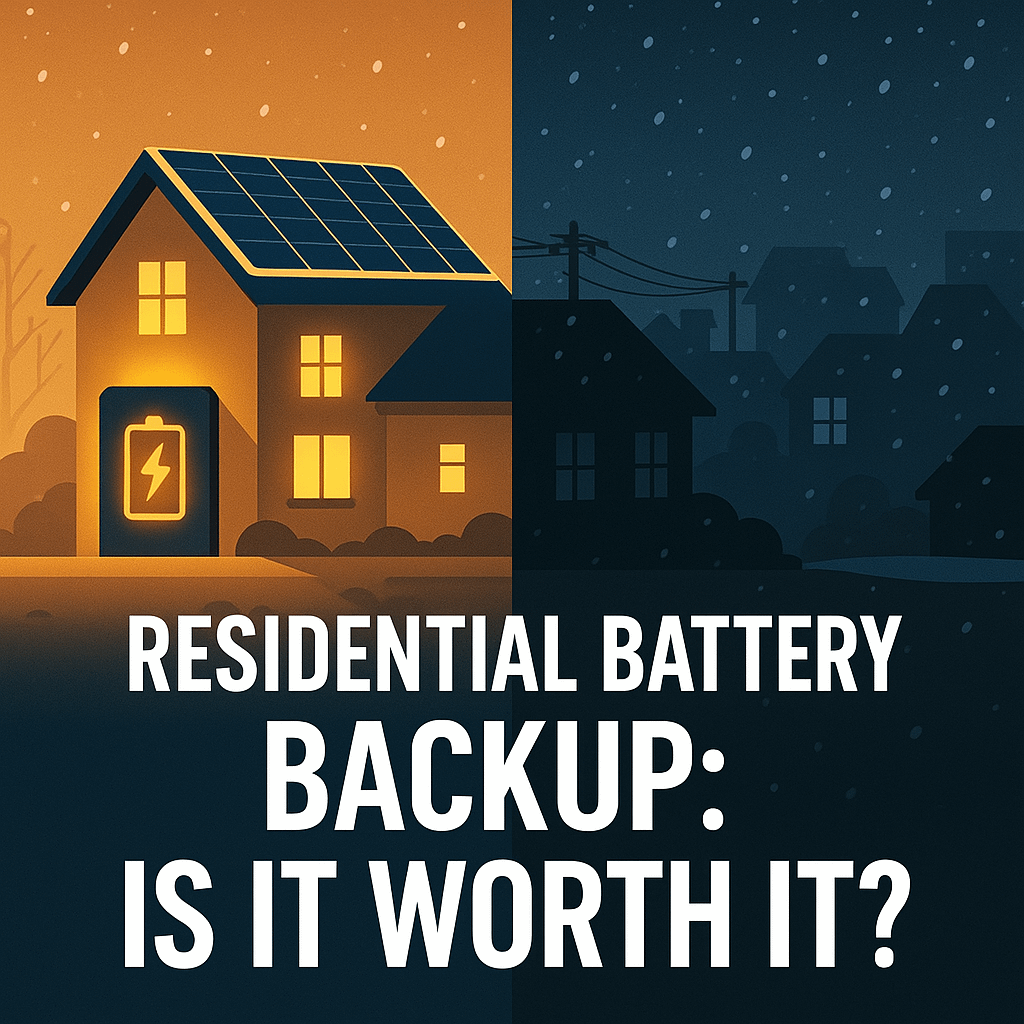Thomas Edison flipped the switch on the world’s first power grid in Lower Manhattan on September 4, 1882. As Pearl Street illuminated with the unfamiliar glow of artificial light a new era was born. It wasn’t long before the entire planet was enveloped with that glow.
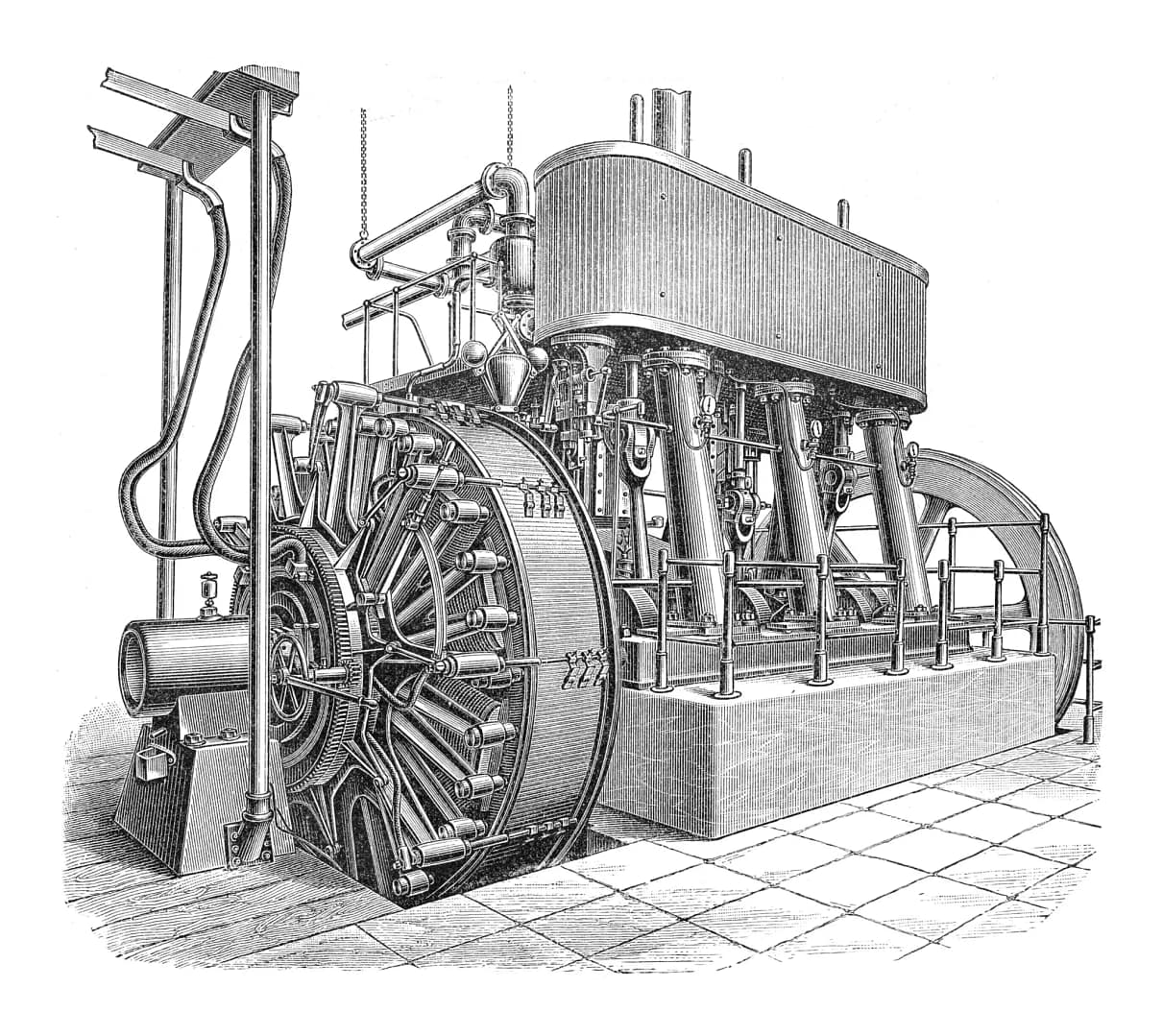
Picture Credit Hein Nouwens via iStock
When his nascent power company signed its first 59 customers that year, then 513 customers the year after, it made sense to simply extend and expand the power network as new customers signed up. After all, it’s not as if customers could chose a different power provider. Curiously, this aspect of the power market remains unchanged to this day.
In fact, over the years this energy delivery model would change very little. The practicality of the model however, would.
Centralized Power Generation
Much like the original power grid, the modern grid takes power generated at a centralized power plants and transmits the power to the point of use. As demand has grown so have the power plants that served them. Probably not coincidentally, these very large power plants were built far away from population centers.
NIMBY
If you aren’t familiar with the term, NIMBY stands for “not in my back yard.” You see, we all want electricity. We all need it, in fact. But many modern power generation methods are inherently dirty. And I don’t mean just a little bit dirty. Even the most pro-coal advocates would probably prefer their family wasn’t neighbors with a coal-fired power plant. Highly radioactive coal ash and other toxic particulates should make anyone uncomfortable.
One study estimates 1.37 million people will develop lung cancer in 2025 due to their proximity to a coal fired power plant. With coal steadily accounting for 35% to 40% of the world’s electricity generation mix over the years, it’s no wonder folks are reticent to bake a welcome cake for prospecting power plant developers.
Do you think you’re safe because your local power plant doesn’t burn coal? You’re not. Living in the same zip code as a fuel fired power plant of any sort significantly increases your odds of visiting the hospital for respiratory diseases like asthma and COPD.
Transmission and Distribution
So after we’ve generated power in our distant, usually impoverished neighbor’s backyard, we employ a tremendously expensive, inefficient and increasingly vulnerable network of old components to deliver that power.
To transmit power over long distances we first increase the voltage to minimize power loss on the line. Then once those electrons have completed their long journey to the community served, the voltage is stepped down again using very expensive power transformers.
Maintenance on the Old Grid
In order to prevent transmission line faults, the entire corridor of lines from generation plant to community substation needs to be regularly maintained. If you’ve ever taken a road trip you may have noticed transmission corridors in the middle of nowhere seemingly neatly mowed and treeless.
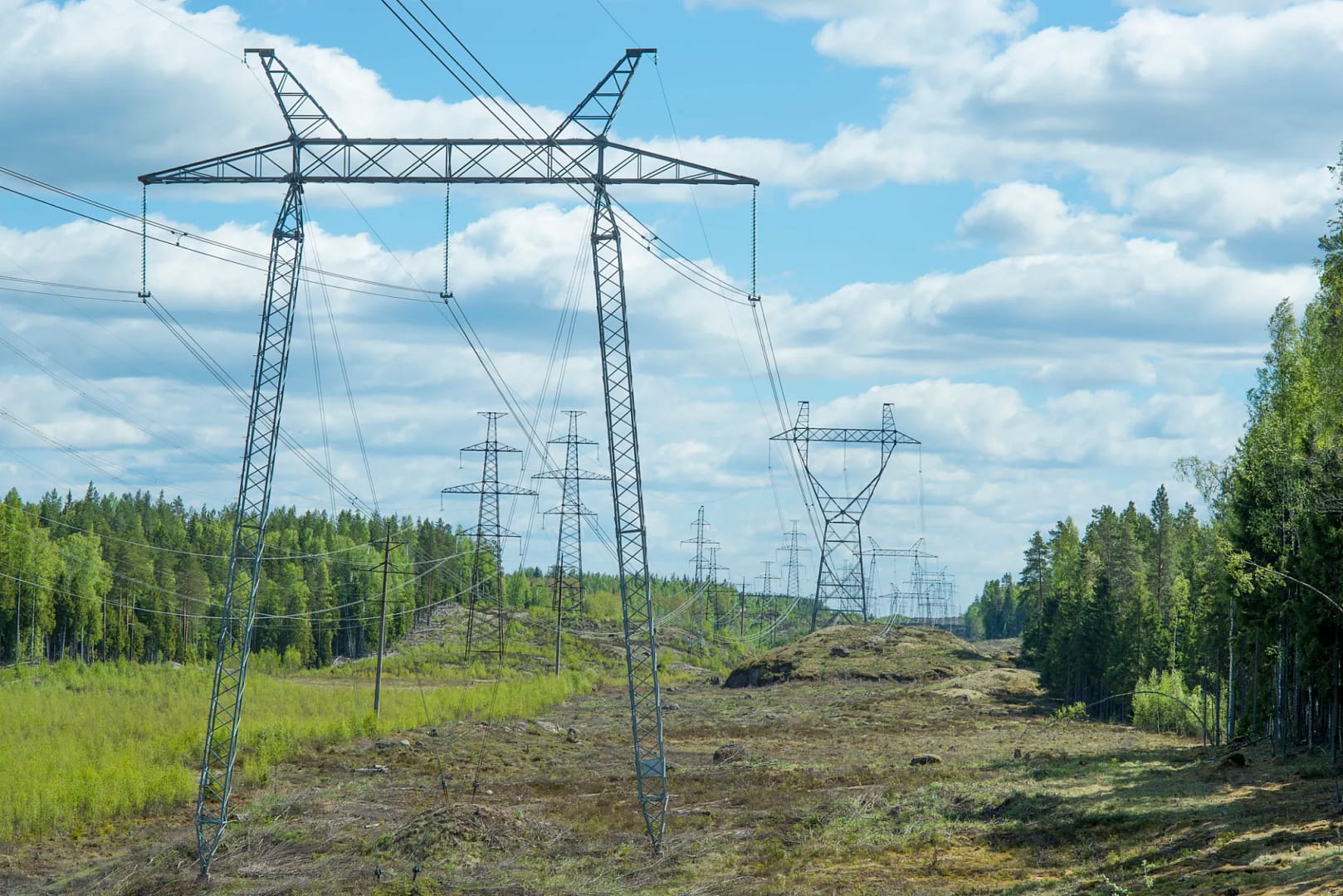
Picture Credit A Daria via iStock
Well, that’s because trees near power lines are bad. If high winds cause branches to lay on power lines an electrical fault path can be created, possibly resulting in a loss of power. Trees left un-groomed in the corridor can cause those problems even without wind.
Can you imagine having to groom a transmission line corridor all the way from your community to your distant neighbor’s backyard? Not even Forrest Gump would sign up for that. Yet that’s what we do for every power plant transmission corridor for every power plant leading to every community.
On a recent flight from Boise to Seattle a neat strip of white caught my attention. In the midst of nothingness, a straight white line cut through the landscape. A stripe of the unnatural slicing through an otherwise pristine mountain ranging as far as the eye could see… from 30,000 feet. I said to myself, “self, nature doesn’t make lines like that.”
Upon closer inspection, I realized this was a transmission corridor where trees were felled to make way for lines sending power from someone’s backyard.
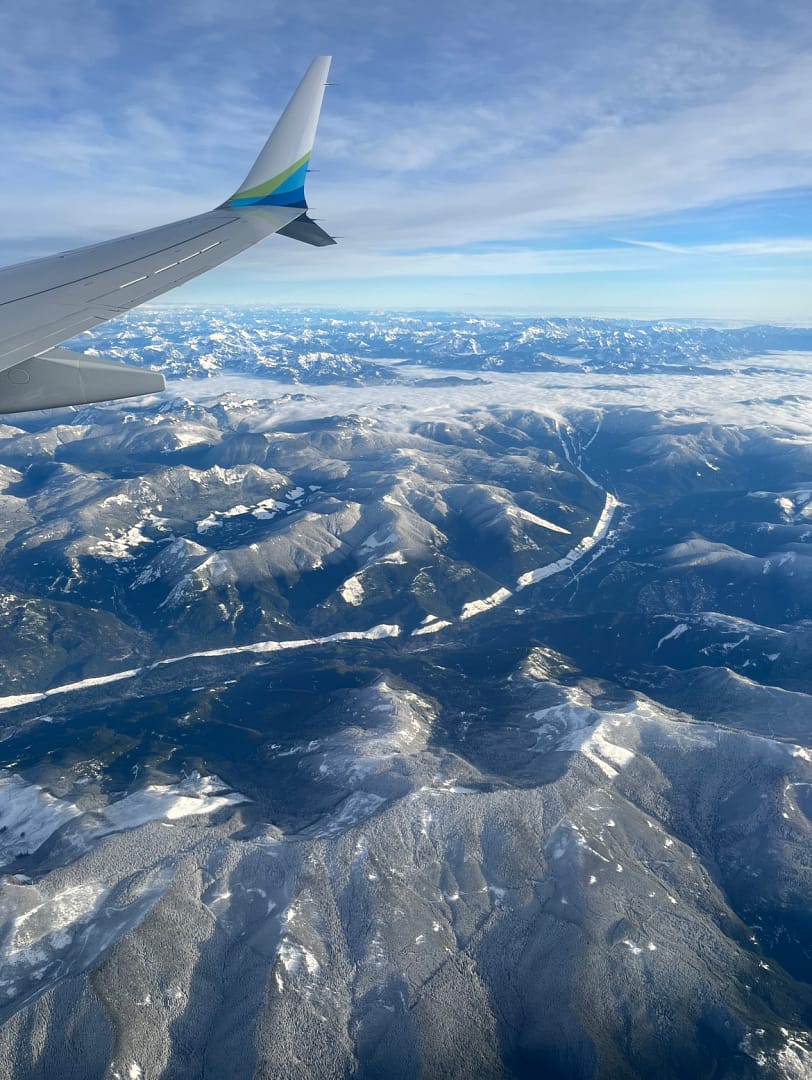
Photo Credit: Jon Springer
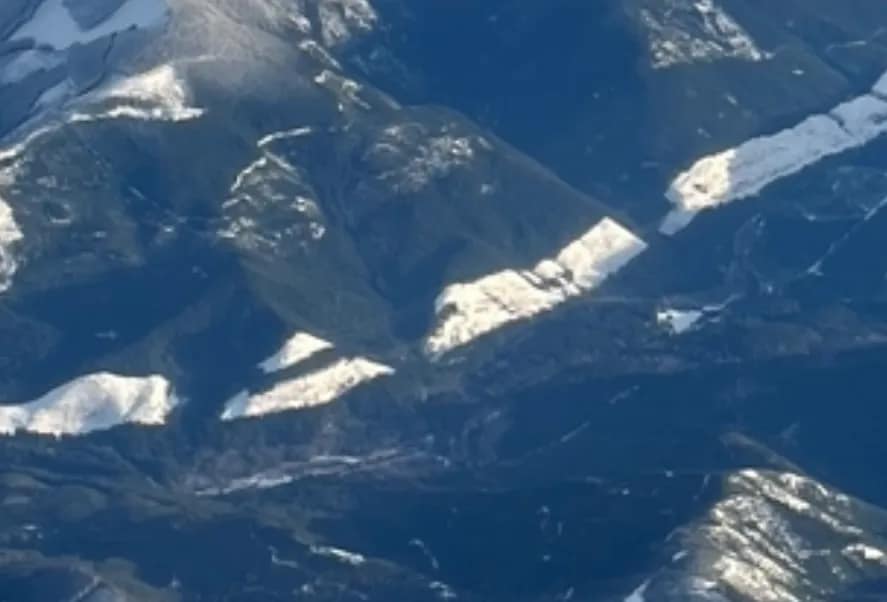
Photo Credit Jon Springer
A Hazardous Journey
As I pointed out, your neighbor’s backyard is a very, very long way away. And thanks to our antiquated grid structure we now have to protect those many miles of transmission lines from both natural and human hazards.
As mentioned earlier, once in your community another super expensive transformer steps the transmission voltage (hundreds of thousands of volts) down to a distribution level voltage (roughly 5 to 35 thousand volts). And we get to protect those lines as well. To make matters worse, distribution power lines are lower to the ground and exposed to more threats. Wind, animals, car accidents, aging components, solar flares; it’s as if the universe is perpetually conspiring to interrupt it.
We all know how important power is to us during an emergency. Clearly, maintaining access to it is crucial. If it was your job to figure out how to keep the electrons flowing (with no other considerations) what would be your approach? I imagine you wouldn’t put the power plant as far away as possible and connect it with a massive web of vulnerable and exposed cables. You’d probably avoid connecting those cables at critical nodes where a single point failure can send tens of thousands or more into the dark age – like we just saw when a substation was attacked in North Carolina.
All else being equal, I think you’d want your power plants located as close as possible to where the power is used. You’d want your power resources distributed and as diversified as possible to increase resilience. You’d want redundancy.
Stuck in the Past
When the small (micro?) grid on Pearl Street was energized in 1882 this centralized power generation and distribution concept made a whole lot of sense. There weren’t exactly an abundance of other generators, after all. What else could they have possibly done?
But over the last century circumstances have changed considerably. Power plants are multiple and the communities served have exploded. Our dependence on electricity is total. If humanity were to suddenly lose the ability to generate electricity the subsequent chaos and human death would be unimaginable.
As our power plants increased in number and size to serve our swelling, power dependent population the grid architecture remains stuck in the early 1900s. It’s often mused that Thomas Edison would recognize the current power grid as his own handy work if he were somehow resurrected and transported to the present day. He’d be shocked that the same civilization explaining an iPhone to him was powering it with a grid seemingly transported in the same time capsule he arrived in.
So why is our old grid stuck in the early 1900s?
Monopoly
Remember when you were shopping for your power company? Of course you don’t. That’s because you never did. Unless you’re off-grid, your power provider was assigned to you based on where you live.
You never got to check Yelp reviews or check out Angie’s List. No. You were geographically assigned a power provider. And if you don’t like it? Until recently you had no feasible alternative whatsoever. Your power company was the only show in town.
Dearth of Innovation
Whatever your economic philosophy is, we can probably agree healthy market competition is good for innovation. If I have a product you need and you have nowhere else to get it, I have very little motive to innovate. My primary motivation, in a purely capitalistic sense, is to make as much money from our transactions as possible. Why take risks? Why risk money on research and development? You need my product, you can’t get it from anywhere else, so I don’t have much motivation to improve on it.
And that my friends is why Tesla electric vehicles drive under a web of power lines connecting a grid which has been little improved upon since Tesla himself helped invent it. Tesla, it is fair to assume, would be disappointed along with his historical nemesis.
A Growing Threat
The threats to our power grid continue to increase. An uncharacteristic freeze crippled the Texas power grid, brutally punishing customers that had mostly never considered such a possibility. In California, the power grid continues to become less reliable as grid operators respond to unprecedented wildfires seasonally torching Golden State forests and rural communities. The names of devastating storms have become as familiar to us as the names of our grade school teachers. Katrina, Michael, Maria, Irma, Ian.
Beginning with Hurricane Sandy in 2012, the US has suffered the top 8 most expensive disasters in our history. Each disaster left millions of homes in the dark. As hurricanes continue to intensify with no relief in sight, people are being forced to think about coping strategies. Those coping strategies are being put to the test.
Microgrids Stand Strong
On September 28, 2022 Hurricane Ian whipped up into the Gulf of Mexico and tore across the state of Florida after making landfall near Fort Meyers. One of the costliest storms to ever hit the State of Florida, residents near Fort Myers Beach, Sanibel Island and surrounding areas will be picking up the pieces for months to come.
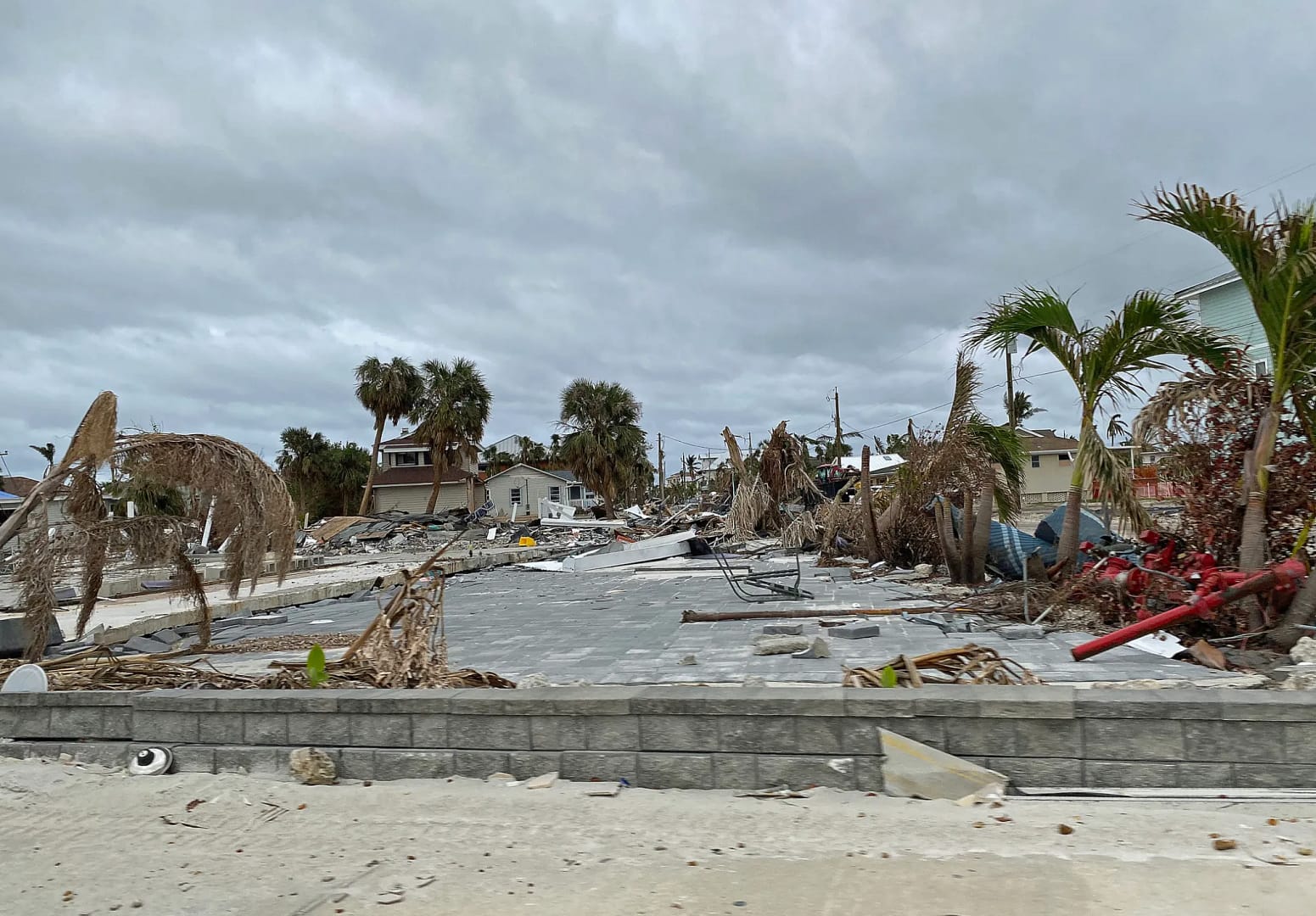
Photo Credit John Grieshop via Istock
Less than 50 miles rom the hardest hit areas of the Florida Coast sits Babcock Ranch. True to the legacy of its namesake Fred C. Babcock the community is committed to sustainability and preserving the natural environment. And with an 870 acre solar farm they are also well prepared to withstand nature’s fury. And withstand it they did.
While being 30 miles inland certainly contributed to the community’s ability to withstand the structural damage that was so widespread in coastal areas, their ability to wake up the next morning relatively unaffected made them a figurative light on the hill while the grid supplying power to their surrounding communities lay in waste.
Thanks to their forward thinking and commitment to working in concert with nature, after Ian passed the residents of Babcock Ranch kept their lights on and their internet too. Their most pressing cleanup task in Ian’s wake was a handful of traffic signals that were knocked down by the hurricane’s winds. Unscathed, they were able to spend the aftermath offering support and relief to their neighbors.
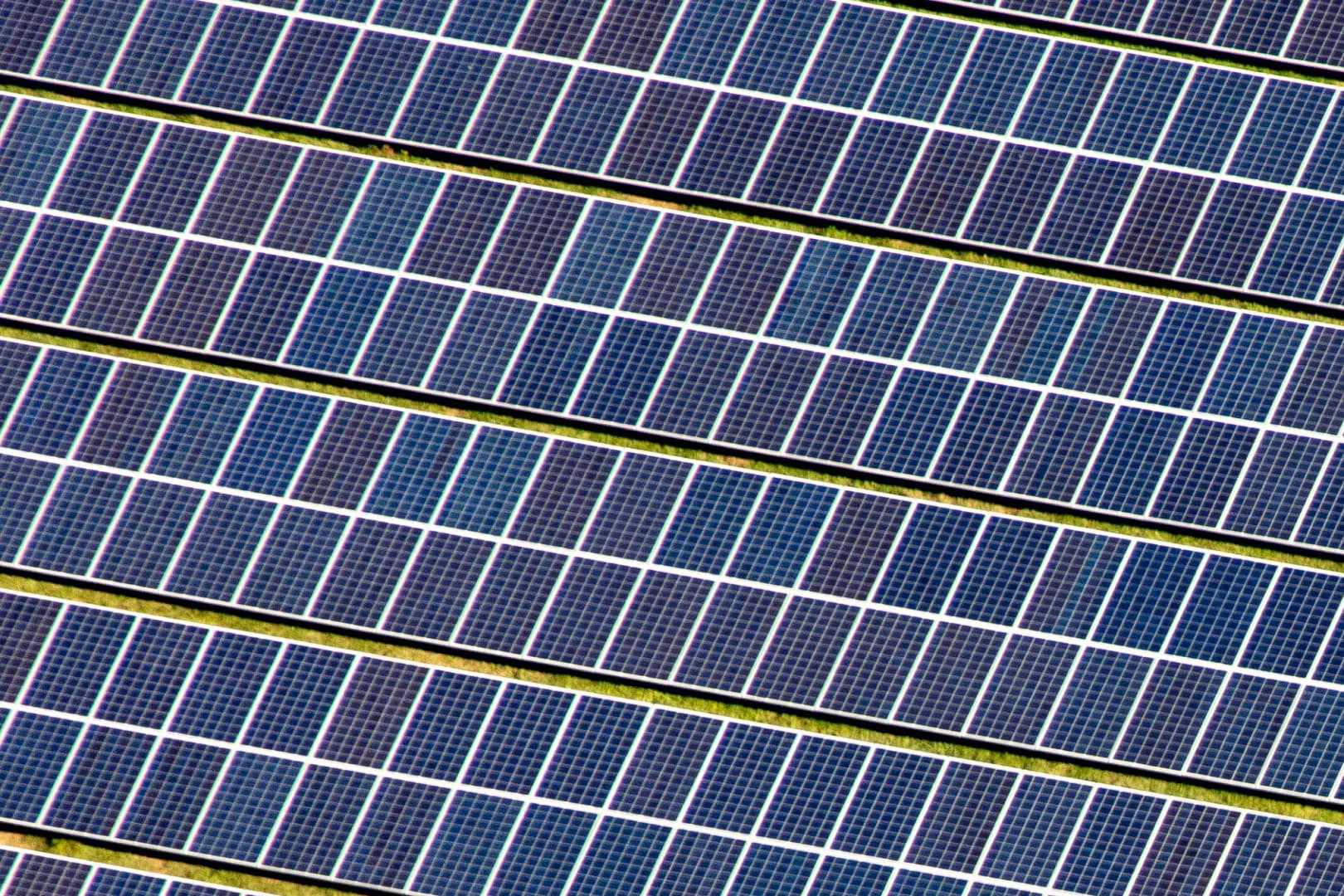
Photo Credit 6381380 via Istock
The Grid of the Future
The future power grid is a network of distributed energy resources (DERs). That future is arriving fast and will accelerate even more in light of recent legislation. What that means is, to a much larger degree, power will be generated in the communities where the power is used. That also means we will need more clean power generation and storage technology because, well.. NIMBY.
Folks will have to get over the weird “eye sore” argument when it comes to solar panels because they will be everywhere. I’m not sure if there is a strange affinity for the aesthetic qualities of concrete, but I think we can get a long way coving parking lots with panels (not exclusively, of course). I do enjoy viewing nature quite a bit more than solar panels, but in my opinion much of our other infrastructure is way uglier. Have you ever spent much time looking up at the web of electrical lines in your community (if you power isn’t buried)? It’s ugly. No other way to put it. But the end, we seem to agree, justifies the means… ok, off that soap box.
A smart grid will coordinate equipment like water heaters, temporarily shutting them off to preserve energy during a usage spike. Electric vehicle infrastructure will be integrated with the grid to help cover shortfalls.
Our future grid will have energy storage systems that are as diverse as the generation sources. In addition to chemical batteries similar to the ones we’re all familiar with, we will use gravity by pumping or lifting a mass with excess energy when power generation is at a maximum and using that stored energy to spin a turbine when energy resources are stressed.
And much more…
Up Next
We’ll continue to unpack this grid of the future for you. Subscribe now and we’ll help you understand how cutting edge energy storage systems and smart grid technology works. Thanks for sticking around! If you made it this far why not leave a comment, or subscribe below? Keep being awesome!

